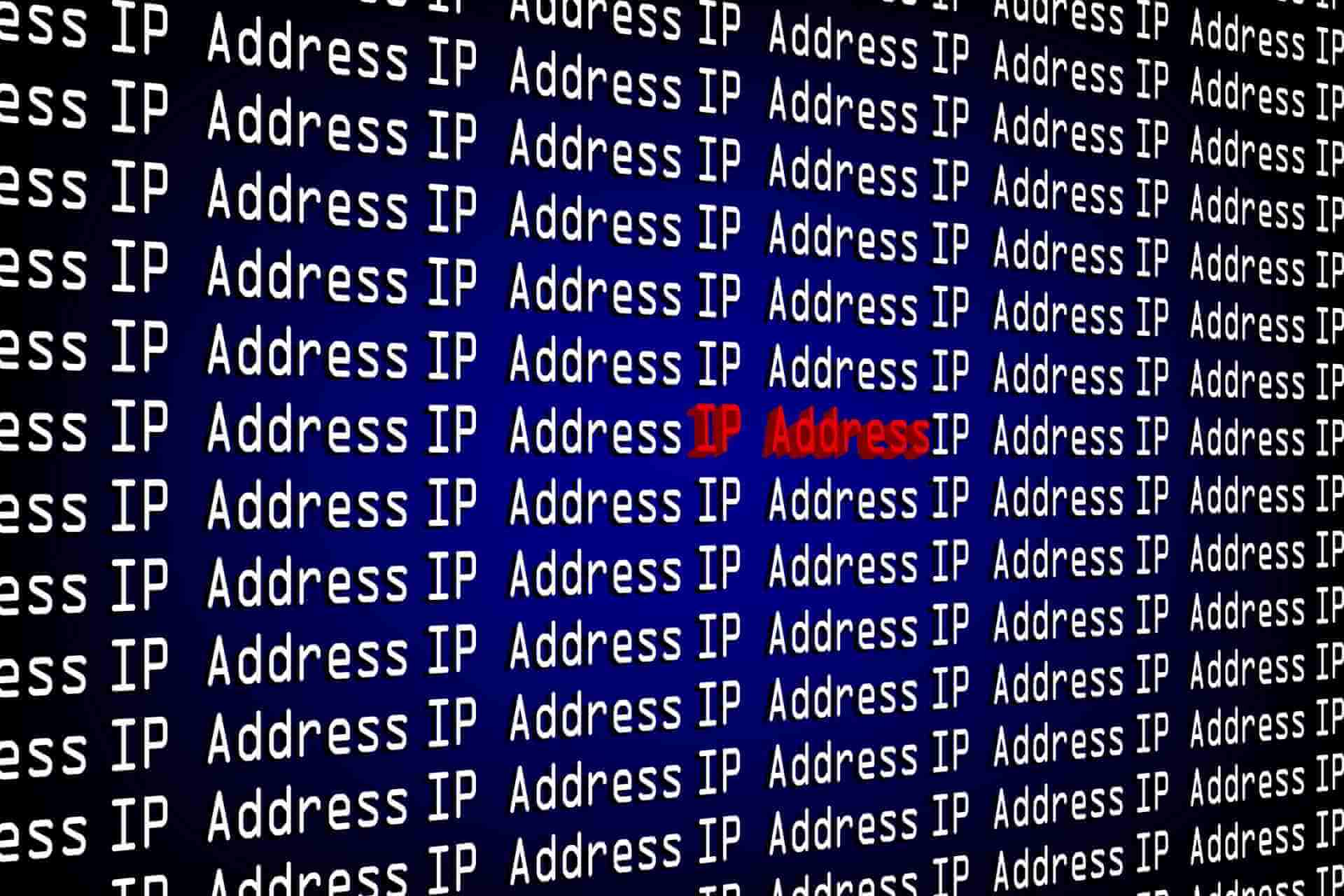Every internet-enabled device has a unique IP address that identifies it online. This is a series of numbers that devices use to communicate with each other on the internet and other networks. Currently, most devices are using IPv4 addresses, although the world is slowly adopting IPv6.
In this article, we will look at the types of IP addresses, how to change your IP address on different devices, and more.
What is an IP address?
An internet protocol (IP) address is a string of numbers identifying a device when it connects to the internet. It is the same ID that devices use to communicate with each other, websites, and other parts of cyberspace.
The IP address ensures that data is transmitted to the correct location. Just like you require a home address to send and receive letters, devices also need a digital address to send and receive data on the internet.
What can an IP address do? Almost everything online. It connects you to the emails you open, websites you visit, videos you watch, etc. All these are data requests, and devices require an IP address to get a response. In other words, you cannot access anything on the internet without an IP address.
Types of IP addresses
Your ISP (internet service provider) will assign you an IP address
when connecting to a network. This can either be a static IP address or a dynamic Internet Protocol address, depending on your ISP’s preference or type of connection.
Static IP address
Also known as a dedicated IP address, this address does not change. Instead, the number remains the same until the network architecture changes or the device is decommissioned. Usually, ISPs don’t assign the IP address unless you request it. In most cases, the static IP address is used by gamers, website owners, remote workers, etc.
Pros
● Perfect for accessing remote connections and networks securely
● Ideal for VoIP applications and online gaming
● Reliable for services and apps that use geo-location
● Allows devices to communicate remotely
● Experiences less downtime
Cons
● It is slightly expensive
● It can be tracked easily because it doesn’t change when the connection resets
● You have to set it manually
● If a service blocks the address, you will have to change the IP to regain access
Dynamic IP address
As the name implies, a dynamic IP address frequently changes, like when there is a new connection or your connection resets. This is the most common IP address type because it is more cost-effective and used by all internet users. Also, IPv4 does not have a sufficient static IP address for everyone.
Thankfully, you won’t go through the complicated process to set up a dynamic IP address as it is configured automatically.
Pros
● Ideal for privacy as it changes frequently
● Cost-effective than a static IP address
● Doesn’t require manual configuration
● Changes every time you restart the router
Cons
● Multiple users share the address
● May experience prolonged downtime
● You cannot whitelist it
● Lacks remote access functionality
Reasons why you may want to change your IP address
The simplest way to mask or change your IP address and location is with a virtual private network (VPN). There are many reasons that can necessitate you to change your IP address. They include;
Safeguard online privacy
Currently, anyone can track what you did today, where you went, and your daily routine in the past few days. A person with little unethical hacking skills can get your IP address to monitor everything you do and even identify your location. This is an intrusion of personal privacy, and the only way to get around it is by changing your IP address. As a result, you will be able to make your identity anonymous.
Unblock content
A lot of websites use geo-blocks to restrict their content to specific regions. Therefore, the only way to access them is by connecting to a server in that location. As a result, you will get a valid IP address that will enable you to circumvent the restrictions and access whatever you want from anywhere.
 Protect your data
Protect your data
Besides masking your IP address, many VPNs will also protect your traffic with military-grade AES 256-bit encryption. This will prevent your hackers and other third parties from intercepting your connections and stealing your data.
Evade censorship
Online censorship and surveillance by the government have increased significantly worldwide. This means that your online activities are monitored, and some services are blocked. However, a VPN will protect your connections and assign you a different IP address to access locally censored content.
Affordable rates
Many online shops display different prices for products in different locations. Also, airline companies have varied ticket prices in different regions. However, a VPN will enable you to connect to a server in a country at cheaper rates.
How to change your IP address?
You don’t need to be technology savvy to change your IP address regardless of your device. There are different ways you can do it, including,
A virtual private network (VPN)
As mentioned earlier, a VPN is the easiest way to conceal your IP address from intruders like your ISP and surveillance agencies. Just subscribe to a trustworthy VPN service, connect to a server in whatever country, and your IP address will change automatically. As a result, the websites you visit will see like your traffic is originating from the VPN’s server.
This will enable you to download torrents safely, unblock content on sites like Netflix and bypass censorship in schools, workplaces, and countries like China. However, choose a VPN that does not leak IPv4 or IPv6 IP addresses by default.
Use the following simple steps to change your IP address with a VPN
● Subscribe to a reliable and trustworthy VPN service
● Download and install the appropriate app for your device
● Launch the VPN and connect to any server
● That’s it. Your IP address will change automatically
A proxy
Proxies work almost in the same way as VPNs but are less secure. It will pass your traffic through an intermediary server, and the websites you visit will see the proxy server’s IP address and not yours. However, unlike VPNs, proxies won’t encrypt your connections and can even leak your IP address.
A Tor browser
Tor is an abbreviation for The Onion Router, an anonymous network. However, you need to download the Tor browser to route your traffic through the Tor network to improve your privacy. It will encrypt your traffic and pass it through several nodes – servers maintained by supporters.
The sequence of the nodes will change every time you access a different website, making it impossible to trace the traffic back to you. Only the IP address of the exit node will be visible by the websites you visit.
How to change the IP address on Android and iPhone?
Android
● Open ‘Settings’ on your phone
● Click on ‘Wireless & Networks’
● Navigate to the ‘Wi-Fi’ section
● Click and hold the ‘Wi-Fi network’ you are connected to
● Then, click ‘Modify Network’
● Go to ‘Advanced options’
● Change the IP address ‘DHCP’ to ‘Static’
iPhone
● Go to ‘Settings’ and then ‘Wi-Fi’
● Click on the info icon beside the ‘Wi-Fi network’ you want to change
● Open the ‘Static tab’
● Input the desired IP address
● Tap the Wi-Fi icon to save the changes




